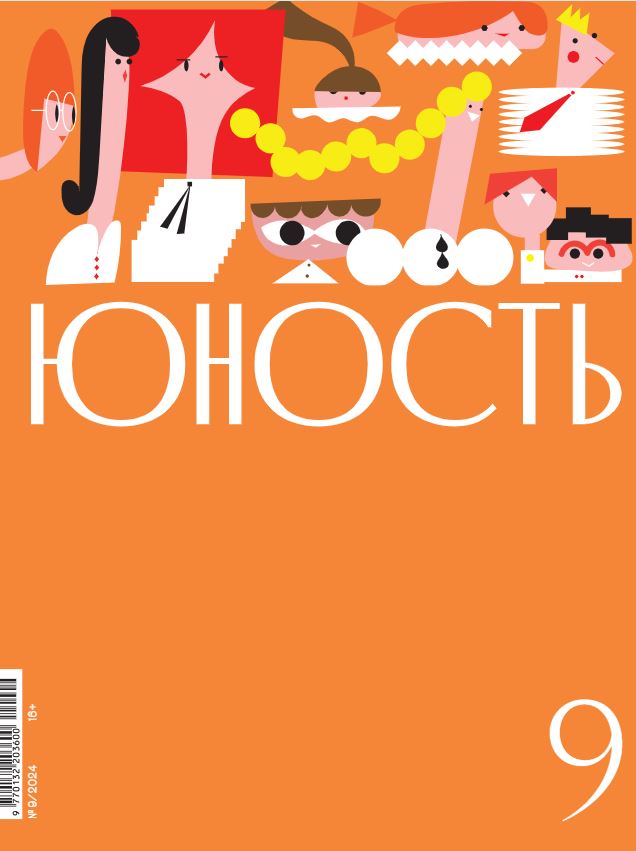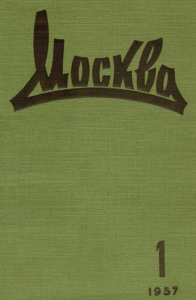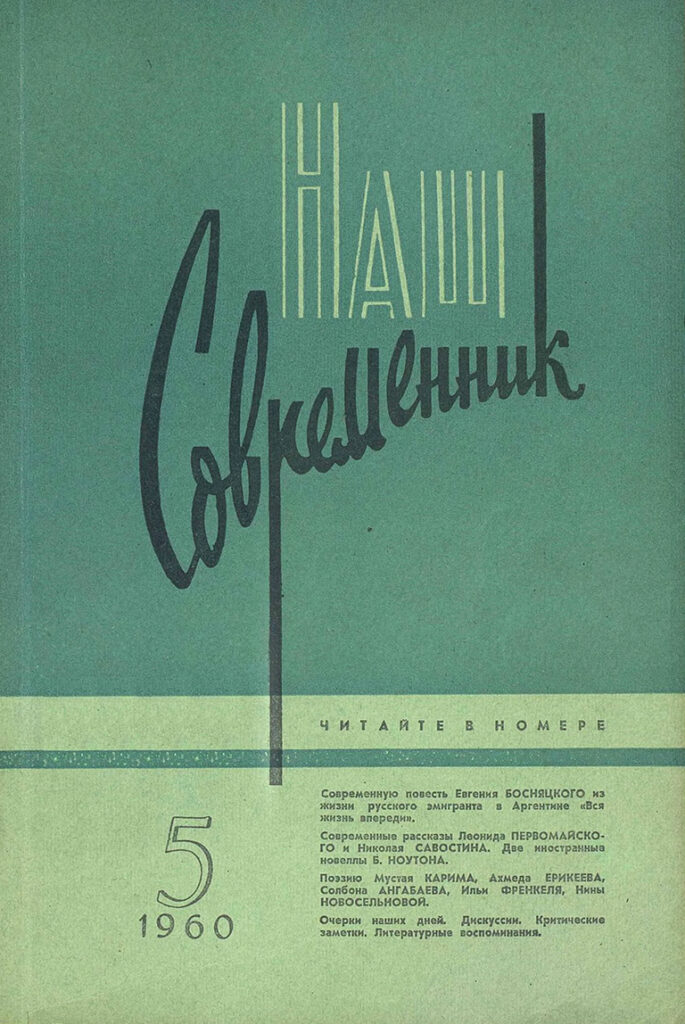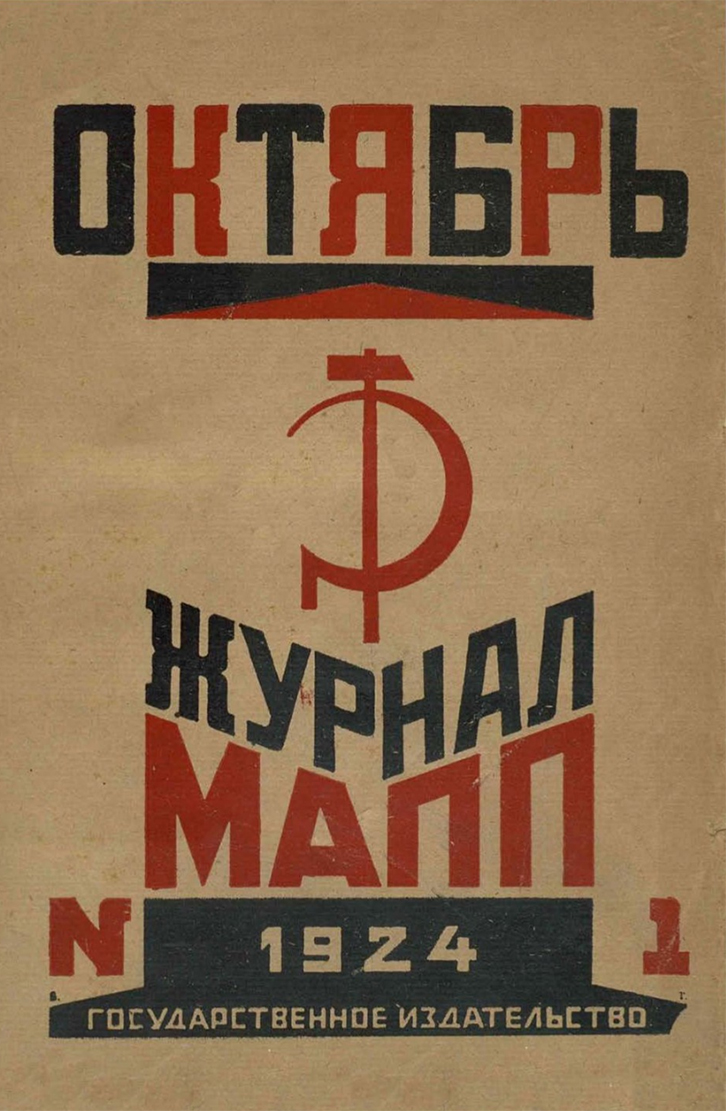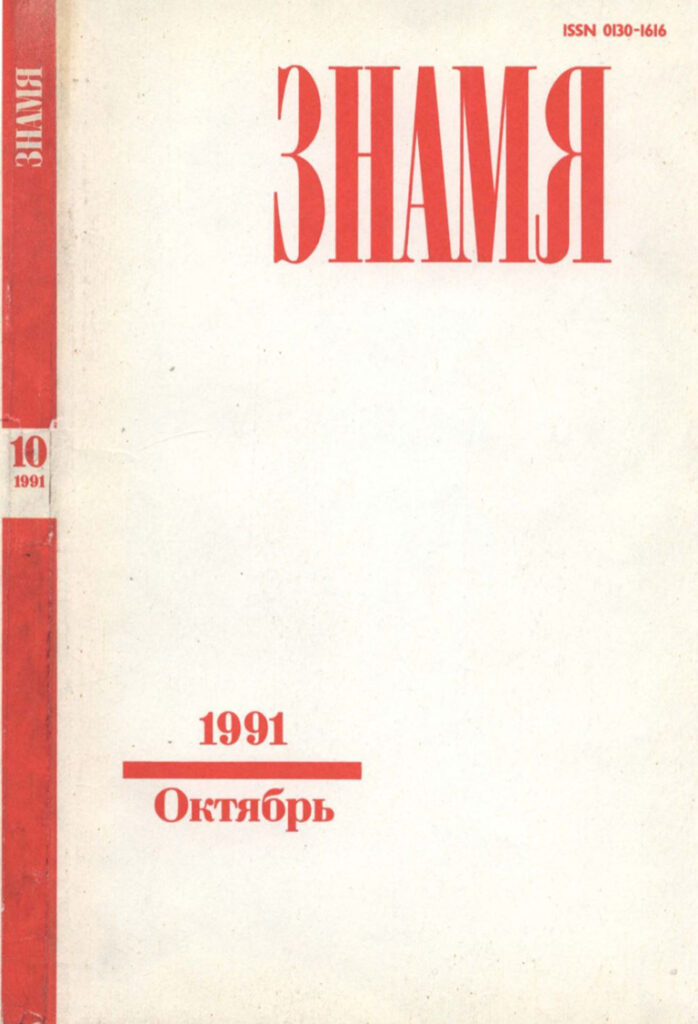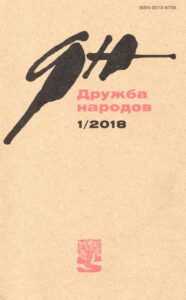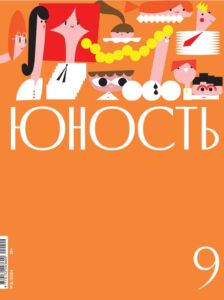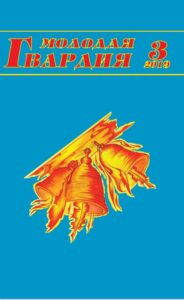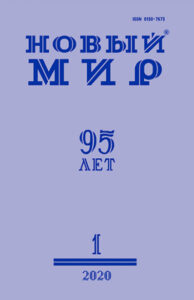Russian Thick Journals
Tolstye zhurnaly (толстые журналы), literally meaning “thick journals” in Russian, are a unique form of literary and cultural periodicals that have played a significant role in Russian intellectual life since the 19th century. These journals typically contain:
- New works of fiction (novels, short stories, poems)
- Literary criticism and essays
- Social and political commentary
- Cultural analysis
Unlike typical magazines, tolstye zhurnaly are book-length publications, often running to several hundred pages per issue. In the Soviet Union and later in Russia, literary and artistic journals with a full volume of 192-256 pages received the informal name “thick journals” (толстые журналы).
The most comprehensive digital archives for tolstye zhurnaly are available from East View. These collections are on a platform that features full page-level digitization, complete original graphics, and searchable text. They are also cross-searchable with numerous other East View digital resources.
East View is offering digital archives of ten key tolstye zhurnaly in its “Thick Journals” bundle program. Read below for title information and contact us for information on special bundle pricing and trials.
